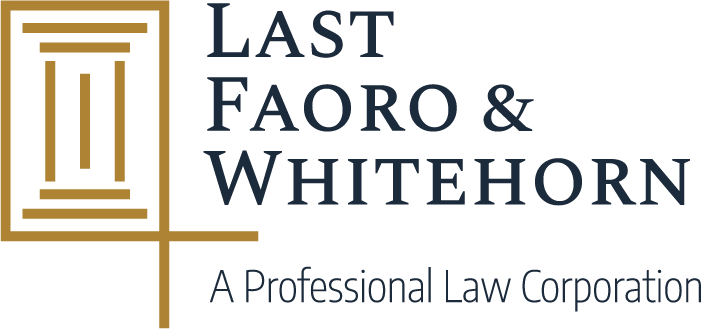The Right to Repair Act is not the Exclusive Remedy When Actual Damages Are Present
The California Legislature enacted S.B. 800 (aka the “Right to Repair Act”) in 2002 to provide builders, subcontractors, product manufacturers and design professionals an opportunity to repair construction defects before a new homeowner initiated court proceedings. S.B. 800 applies to construction defects identified in new residential construction and was an effort by the Legislature to reduce construction defect lawsuits.
The California Fourth District Court of Appeals recently addressed the scope of the Right to Repair Act in Liberty Mutual Insurance Company v. Brookfield Crystal Cove, LLC, No. G04673, 2013 WL 5377124 (Cal. Ct. App. Sept. 26, 2013) and determined that an insurer’s claim for damages was not time barred under S.B. 800 because the Act is not the exclusive remedy for construction defects involving “actual” property damage.
Background
A homeowner, Eric Hart, purchased a single-family home from a developer Brookfield Crystal Cove, LLC in November 2004. In January 2008, “a fire sprinkler and/or pipe suddenly burst and failed” flooding Eric Hart’s home. Brookfield acknowledged its liability and commenced repairs to the damaged home.
Eric Hart moved into a hotel for several months during the repairs and Eric Hart’s insurance company, Liberty Mutual, paid for Eric Hart’s hotel and relocation expenses.
The Trial Court
Liberty Mutual filed a complaint in subrogation against Brookfield in August 2011 to recover the expenses paid on Eric Hart’s behalf. A subrogation action is filed where a person or entity takes over the rights or remedies of another person against a third-party. Liberty Mutual assumed Eric Hart’s rights and remedies since it had paid the necessary relocation expenses caused by Brookfield’s flooding of Eric Hart’s home.
Brookfield filed a demurrer to dismiss Liberty Mutual complaint arguing that: 1) Liberty Mutual failed to file its lawsuit within the statute of limitations contained in S.B. 800; and 2) S.B. 800 exclusively governed Liberty Mutual’s claim. The trial court affirmed Brookfield’s demurrer but granted Liberty Mutual leave to amend its complaint. Liberty Mutual did not amend it complaint and Brookfield requested a dismissal of Liberty Mutual’s action. The trial court granted Brookfield’s request. Liberty Mutual timely appealed.
The Appeals Court
The California Appeals Court reversed the trial court’s judgment. The Appeals Court analyzed the history of S.B. 800 and identified the problem the Right to Repair Act was meant to address. Through Aas v. Superior Court (2000) 24 Cal. 4th 627, the California Supreme Court held that construction defects in residential properties were not actionable unless actual property damage was present. Two years later the California Legislature enacted the Right to Repair Act to retract the holding in Aas, giving homeowners the ability file suit for construction defects even when the only damages suffered are “economic” damages.
The Appeals Court noted through its analysis that “the legislative history shows that the legislation was intended to grant statutory rights in cases where construction defects caused economic damage; the Act did nothing to limit claims for actual property damage.”
Conclusion
The Right to Repair Act provides a statutory scheme for homeowners to recover economic damages related to construction defects; however, the Right to Repair Act is not the exclusive remedy where actual damages are concerned. Litigants may still pursue common-law remedies when actual damages are present.
Note that while Liberty Mutual pursued its rights against Brookfield in subrogation, the Court’s rationale would equally apply to claims brought directly by homeowners.

